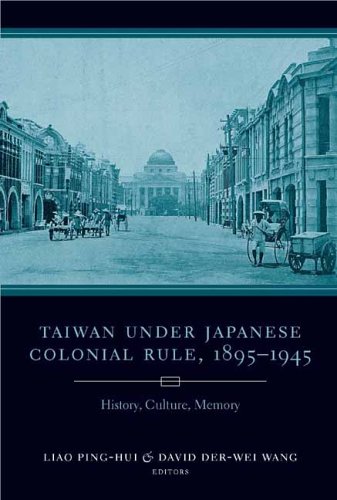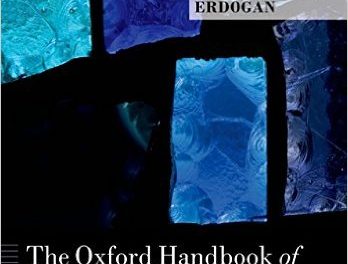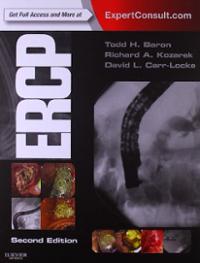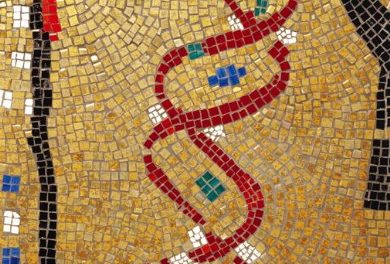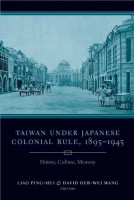 Editors: Liao Ping-Hui and David Der-Wei Wang
Editors: Liao Ping-Hui and David Der-Wei Wang
Publisher: Columbia University Press – 416 pages
Book Review by: Paiso Jamakar
This is a unique book. It is the first study of colonial Taiwan written in English. In that respect it is of immense value to historians and scholars on Taiwan. The amount and variety of information you will find in it is immense. This voluminous book with a lot of historical and cultural detail is a must for the library of anyone closely interested in Taiwan, as well as Chinese and Japanese studies.
I found there was no better way to convey what you will find in this book than to pretty much present its Contents to you, as we do below:
Taiwan Under Japanese Colonial Rule, 1895-1945: History, Culture, Memory
- Rethinking Colonialism and Modernity: Historical and Theoretical Case Studies
- A Perspective on Studies of Taiwanese Political History: Reconsidering the Postwar Japanese Historiography of Japanese Colonial Rule in Taiwan
- The Japanese Colonial State and Its Form of Knowledge in Taiwan
- The Formation of Taiwanese Identity and the Cultural Policy of Various Outside Regimes
- Print Culture and the Emergent Public Sphere in Colonial Taiwan, 1895-1945
- Colonial Policy and Cultural Change
- Shaping Administration in Colonial Taiwan, 1895-1945
- The State of Taiwanese Culture and Taiwanese New Literature in 1937: Issues on Banning Chinese Newspaper Sections and Abolishing Chinese Writings
- Colonial Modernity for an Elite Taiwanese, Lim Bo-seng: The Labyrinth Cosmopolitanism
- Hegemony and Identity in the Colonial Experience of Taiwan, 1895-1945
- Visual Culture and Literary Expressions
- Confrontation and Collaboration: Traditional Taiwanese Writers’ Canonical Reflection and Cultural Thinking on the New-Old Literature Debate During the Japanese Colonial Period
- Colonialism and the Predicament of Identity: Liu Na’ou and Yang Kui as Men of the World
- Colonial Taiwan and the Construction of Landscape Painting
- An Author Listening to Voices from the Netherworld: Lu Heruo and Kuso Realism Debate
- From Colonial to Postcolonial: Redeeming or Recruiting the Other?
- Reverse Exportation from Japan of the Tale of “The Bell of Sayon”: The Central Drama Group’s Taiwanese Performance and Wu Man-sha’s The Bell of Sayon
- Gender, Ethnography, and Colonial Cultural Production: Nishikawa Mitsuru’s Discourse on Taiwan
- Were Taiwanese Being “Enslaved”? The Entanglement of Sinicization. Japanization, and Westernization
- Reading the Numbers: Ethnicity, Violence, and Wartime Mobilization in Colonial Taiwan
- The Nature of Minzoku Taiwan and the Context in Which It Was Published
This trail-blazing work is also a landmark study on colonialism. And to find out what is similar and different between the Japanese and Taiwanese peoples – their thinking, their culture, and much more – read this book, as it provides you much knowledge, as well as the insights of its mostly Chinese, Japanese and Taiwanese writers.
The scholars who wrote the 17 essays in this book paint a colorful and comprehensive picture of Taiwan in the 50 years from 1895 to 1945, a stretch from the turn of the century to second world war. These essays are on four basic themes:
- Rethinking colonialism and modernity
- Colonial policy and cultural change
- Visual culture and literary expressions
- Transition from colonial rule to postcolonial independence
Among the events and aspects of life this pioneering book covers are: land surveys and the census; trans-colonial coordination; the education and recruitment of the cultural elite; the evolution of print culture and national literature; the effects of subjugation, coercion, discrimination and governmentality; and the root causes of the ethnic violence that dominated the postcolonial era.
In my opinion, this book is essential reading for anyone interested in the history of Taiwan under Japanese colonial rule. It was made possible by the research, writing, organization, and presentation efforts of the editors and authors below:
Editors:
Liao Ping-Hui is professor of general literature at National Tsinghua University in Taiwan. He is the author of nine books in Chinese and coeditor of Blackwell’s International Cultural Studies (2005).
David Der-Wei Wang is the Edward C. Henderson Professor of Chinese Literature at Harvard University and the director of the CCK Foundation Inter-University Center for Sinology. He is the author of many books, including The Monster That Is History: History, Violence, and Fictional Writing in Twentieth-Century China.
Contributors:
Douglas L. Fix, Fong Shiaw-Chian, Fujii Shozo, Huang Ying-che, Huang Mei-er, Kawahara Isao, Faye Yuan Kleeman, Komagome Takeshi, Liao Ping-hui, Peng Hsia-yen, Shimomura Sakujiro, Tarumi Chie, Ts’ai Hui-yu Caroline, Wakabayashi Masahiro, Wu Mi-cha, Yao Jen-to, and Yen C

